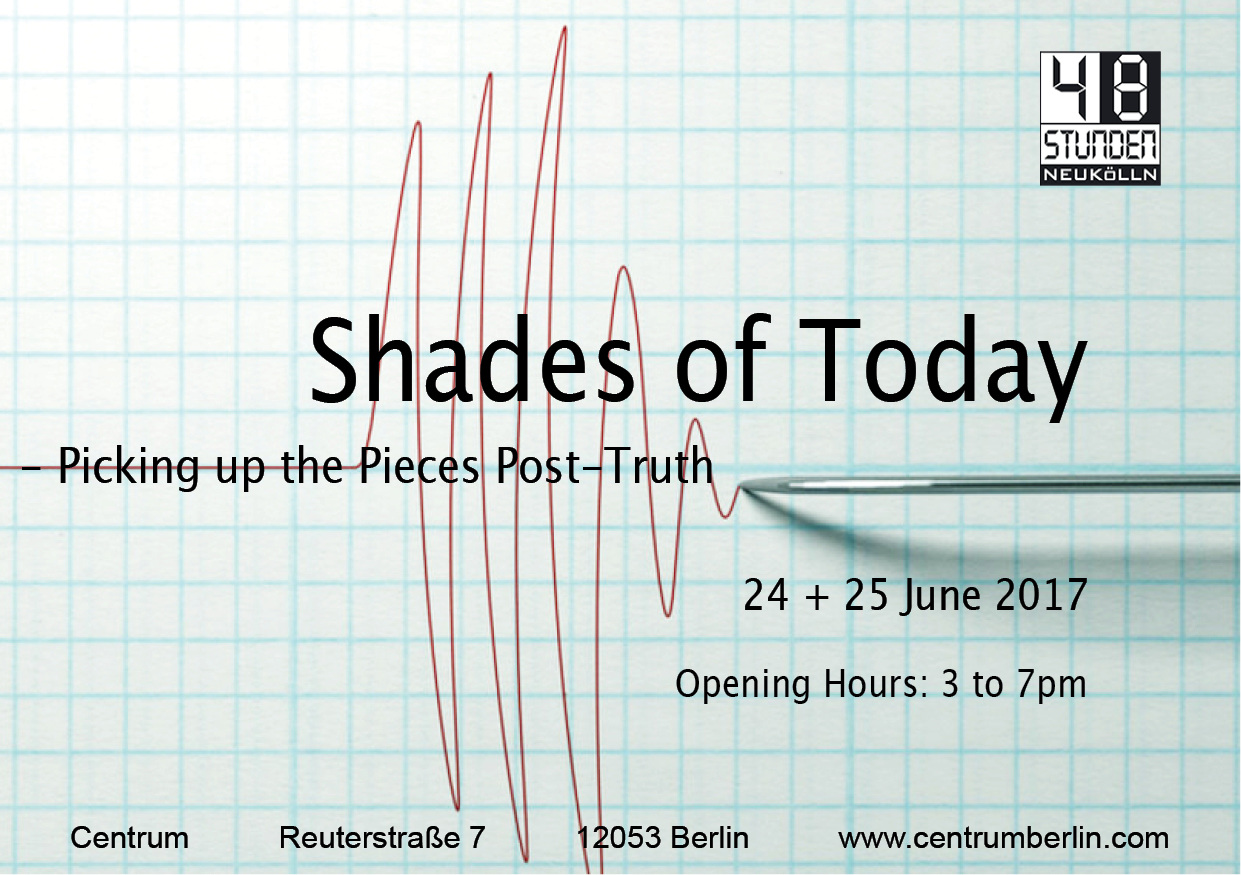
Shades of Today: Picking up the Pieces Post-Truth, 30 June – 23 July 2017
Martin John Callanan / Max Grau / Emma Waltraud Howes / Jae Kyung Kim / Erkan Öznur / Benedikt Partenheimer
Opening: Friday, 30 June, 7pm – with a performance by Kirstin Burckhardt, 8pm
Smell Transplant: Friday, 14 July 6-9pm – Olfactory Workshop by Klara Ravat
Finissage & Film Screening: Sunday, 23 July 5pm – All That is Solid (2014) and Lettres du Voyant (2013) by Louis Henderson (films start at 8pm)
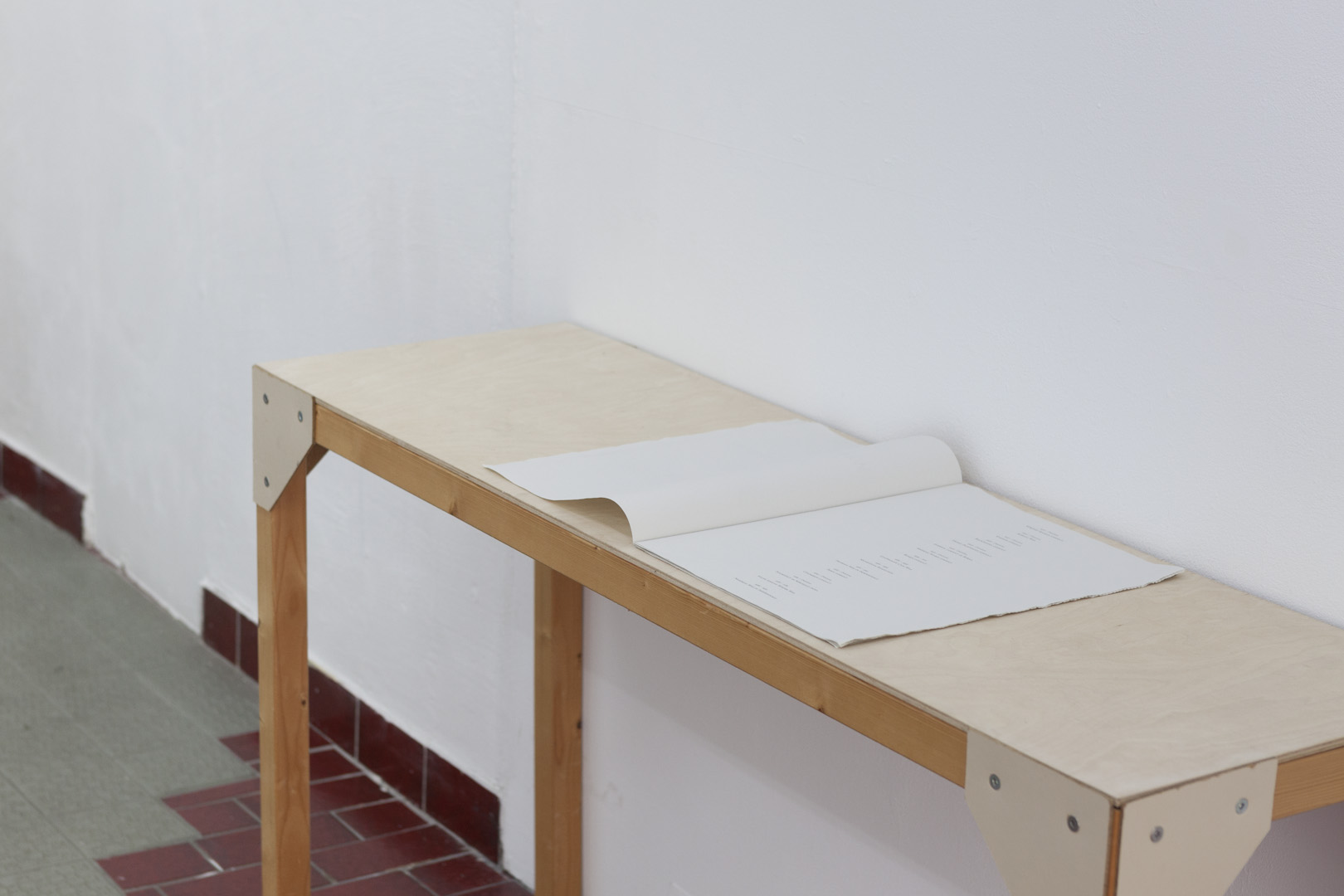
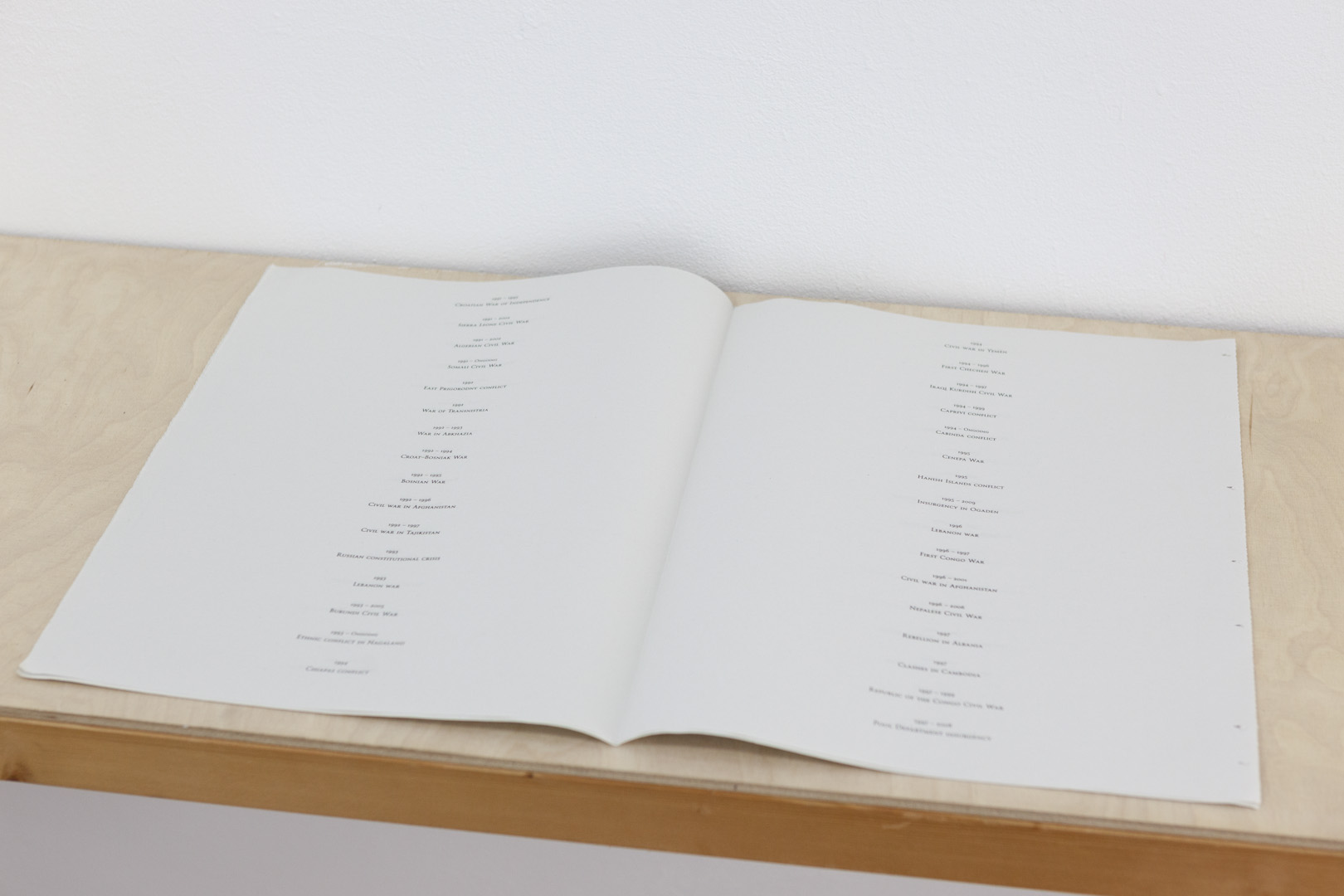
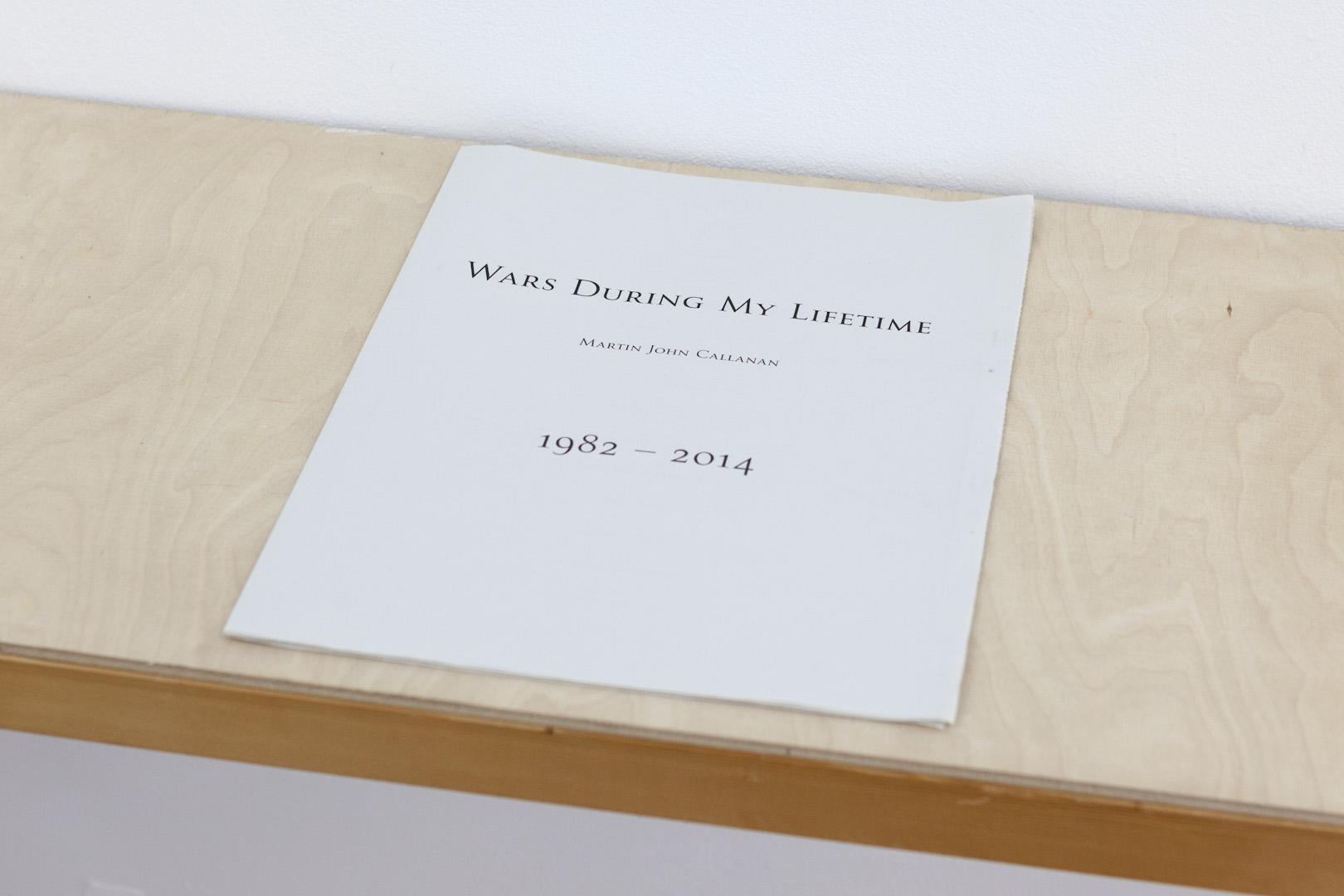
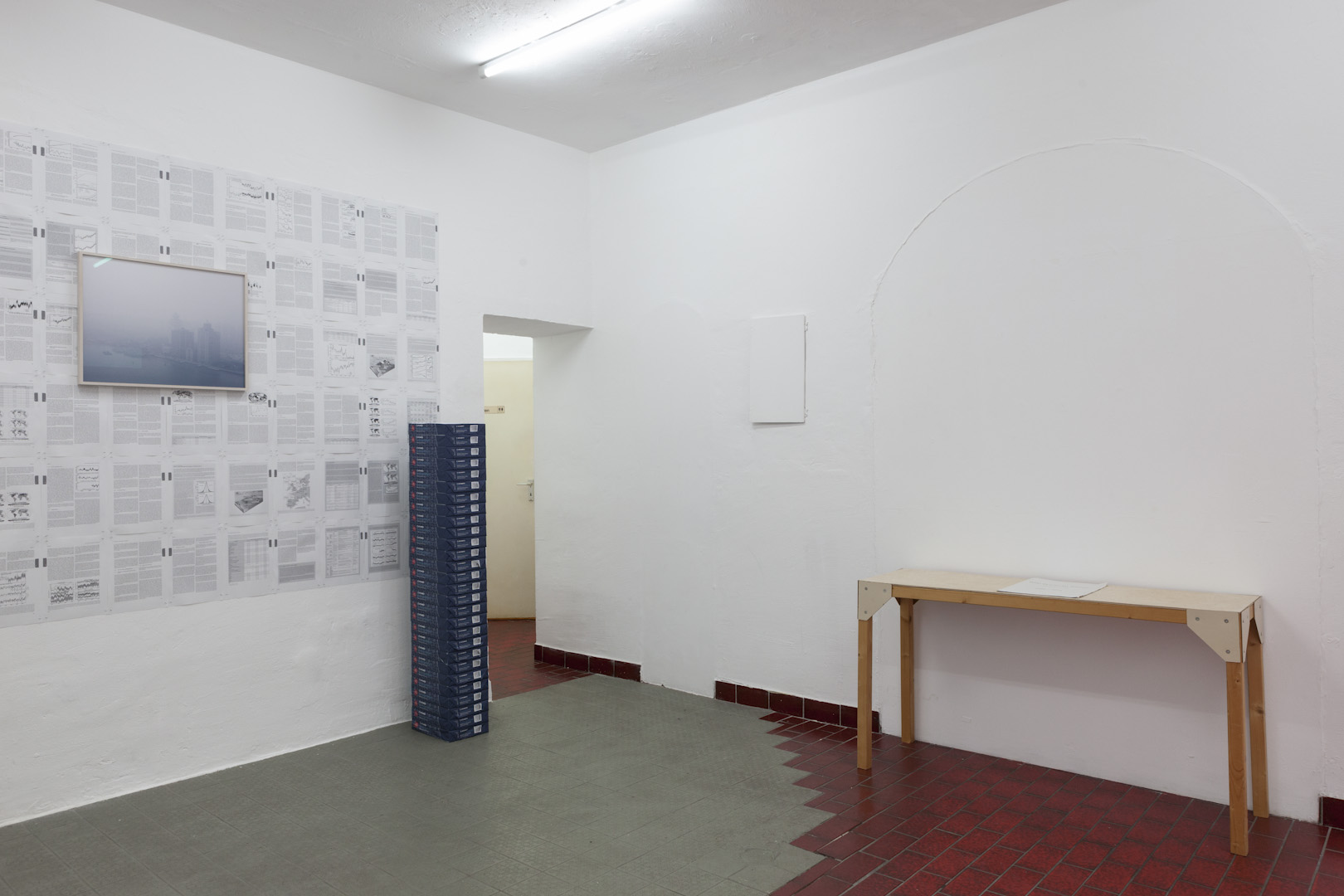
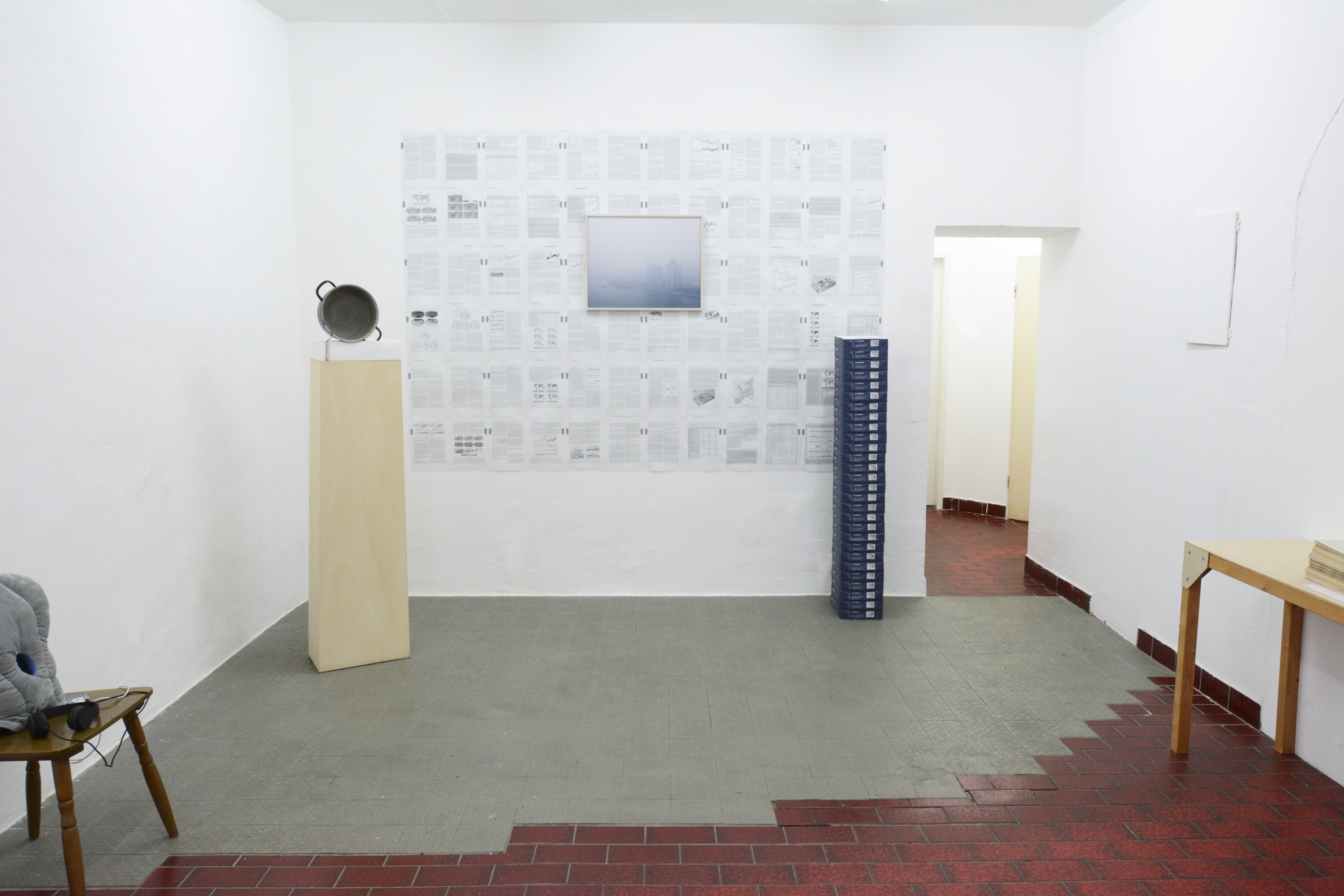
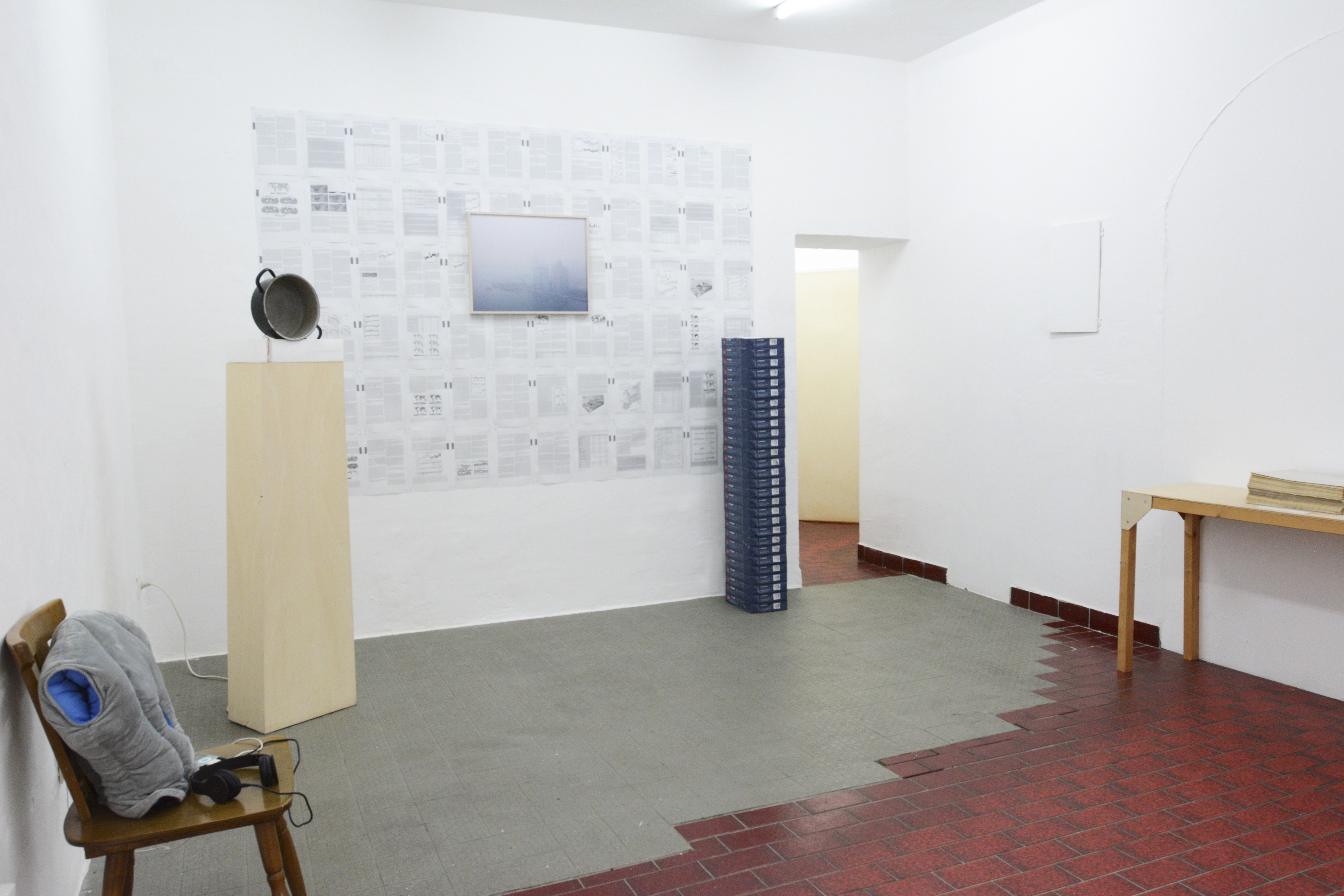
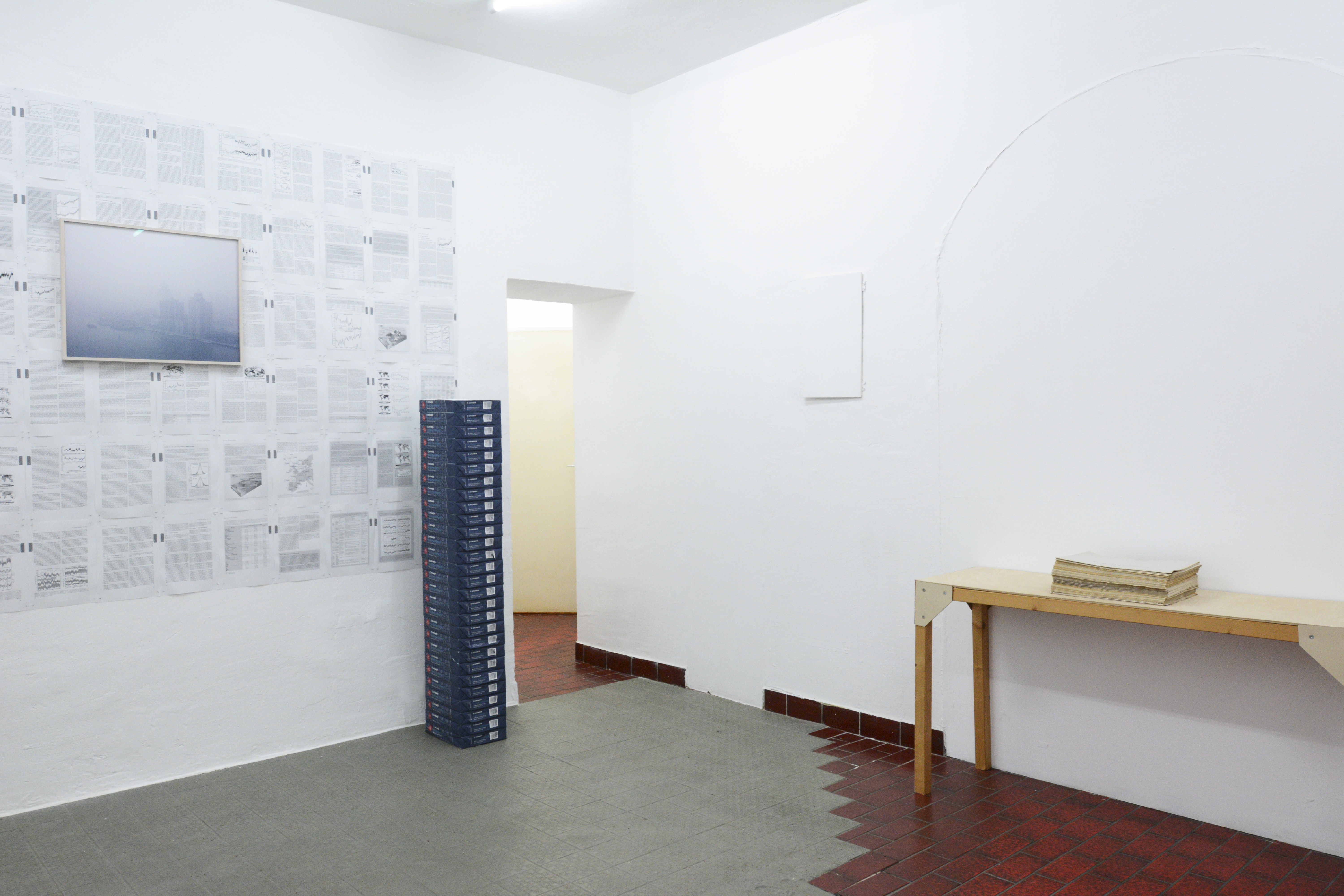
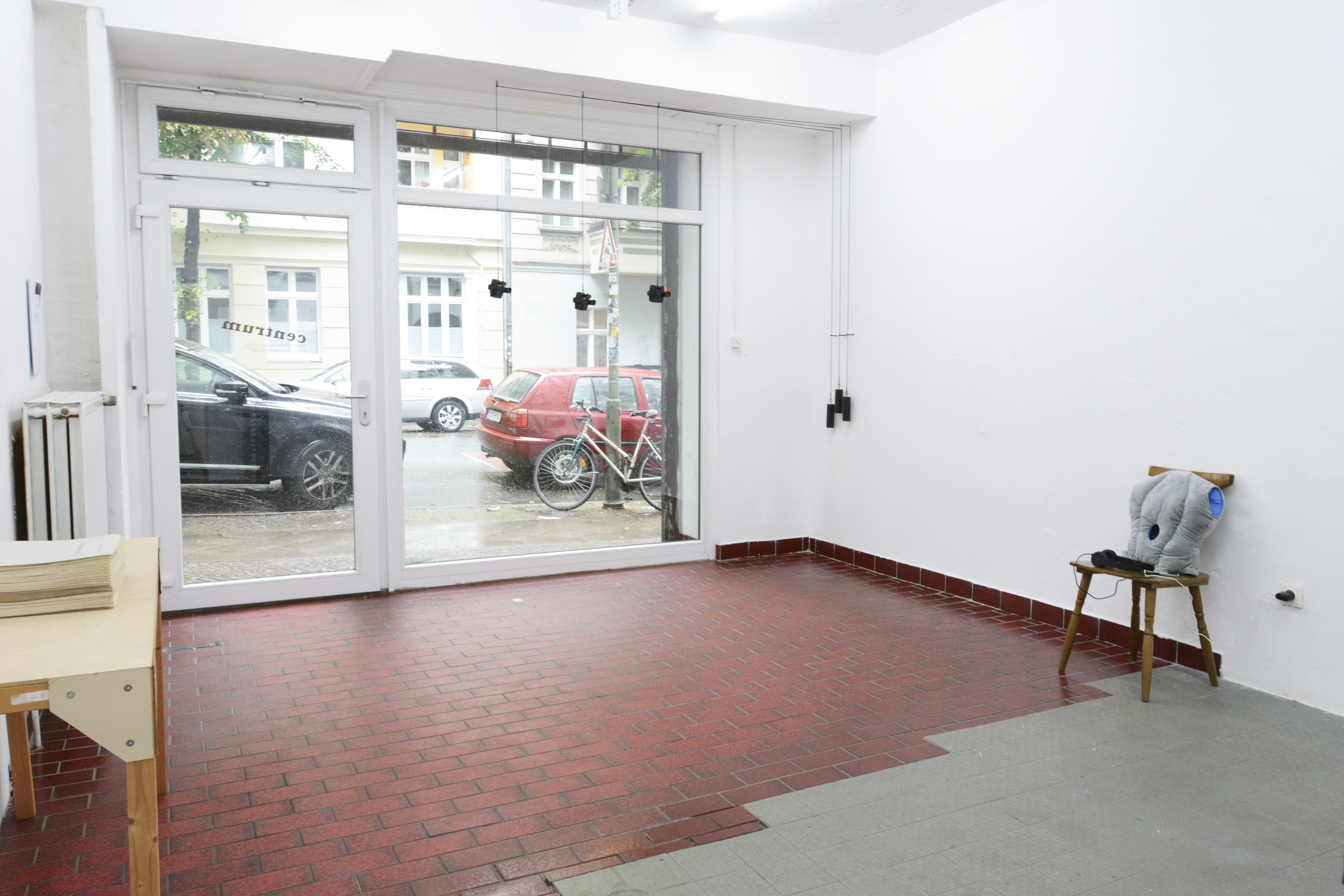
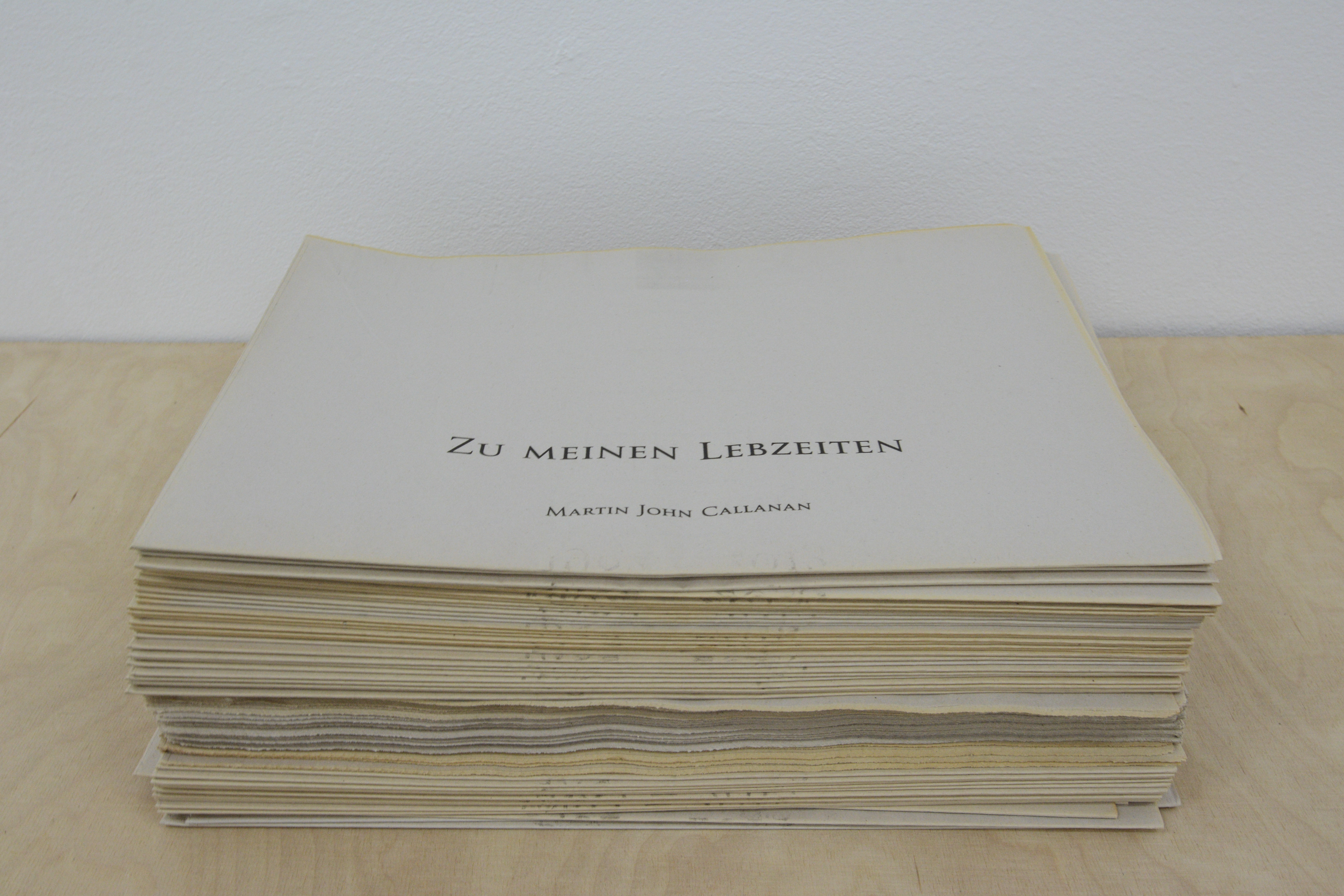

The concept of distorted representations and perceptions of reality may date as far back as Plato’s allegory of the cave. However, in light of Brexit and Trump’s election, the manipulation of information seems to have reached new heights (Oxford Dictionaries dubbed ‘post-truth’ as 2016’s word of the year). Amidst the confusion between true facts and fake news, heightened by 24-hour news cycles, social media and a populist rhetoric, artists play a pivotal role in warning and reminding of reality’s different shades and how they can be exploited by those in power. For Shades of Today: Picking up the Pieces Post-Truth, Centrum have invited a group of artists to shed light on this issue through a series of sound, scent, text-based, and video installations, and a suite of events.
The group exhibition Shades of Today: Picking up the Pieces Post-Truth opened on the 30th of June with a performance by Kirstin Burckhardt: Grow a Body (2017) centres around a rhythmic, pulsating reading of a text which poses the question: When is your body complete? This question is echoed in the feeling of some people who disidentify so strongly with a ligament that they self-amputate (‘Body Integrity Identity Disorder’). In the performance, in which the artist works with another performer, Gloria Höckner, this feeling is carefully embedded within the sensation of completely dissociating from your body when in a traumatic situation, raising questions about subjective and alternative truths, the relationship between alienation and violence, and the prevalence of emotion over reason – questions considered to be at the core of our post-truth era.
To support and expand on the exhibition in Centrum’s physical space, our Tumblr is a virtual space to further develop and explore notions of post-truth and for six weeks we posted starting points for further research here.
Download the full press text here. / Zum Herunterladen des Pressetextes hier klicken.
Installation views: Ute Klein / Performance pictures: Evanthia Afstralou
.